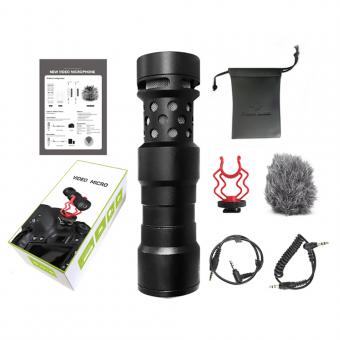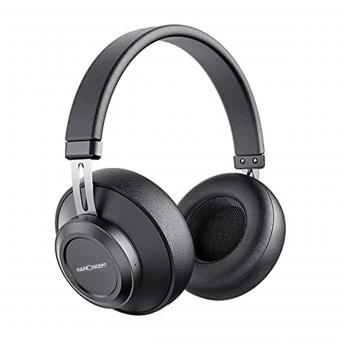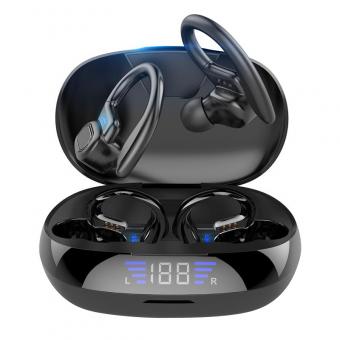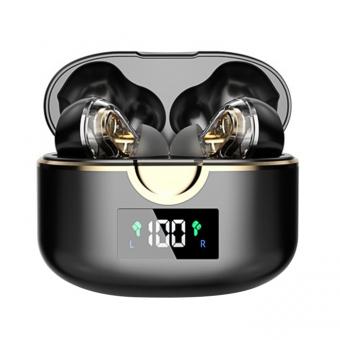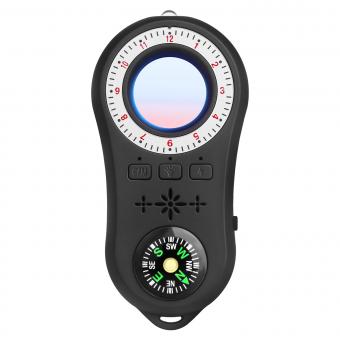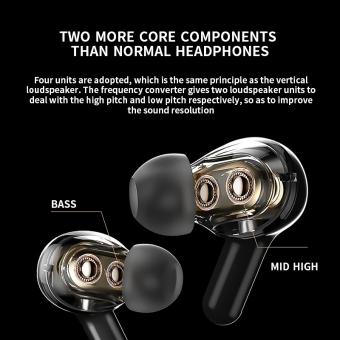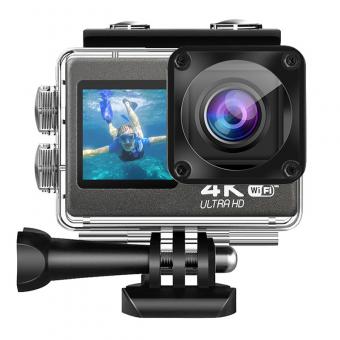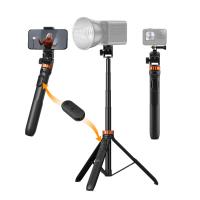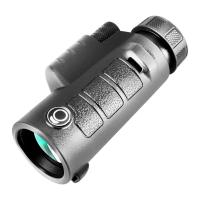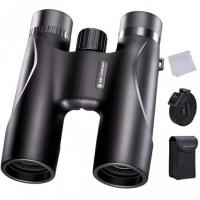How To Turn Off Earphone Mic?
In the realm of audio equipment, the intricacies of managing various components can sometimes be perplexing, even for seasoned users. One common issue that many face is how to turn off the microphone on their earphones. Understanding the nuances of this process can optimize your audio experience, enhance privacy, and prevent unwanted interruptions. This article will delve deep into the multiple approaches to disabling the earphone mic, catering to various devices and user scenarios.
Why Turn Off the Earphone Mic?
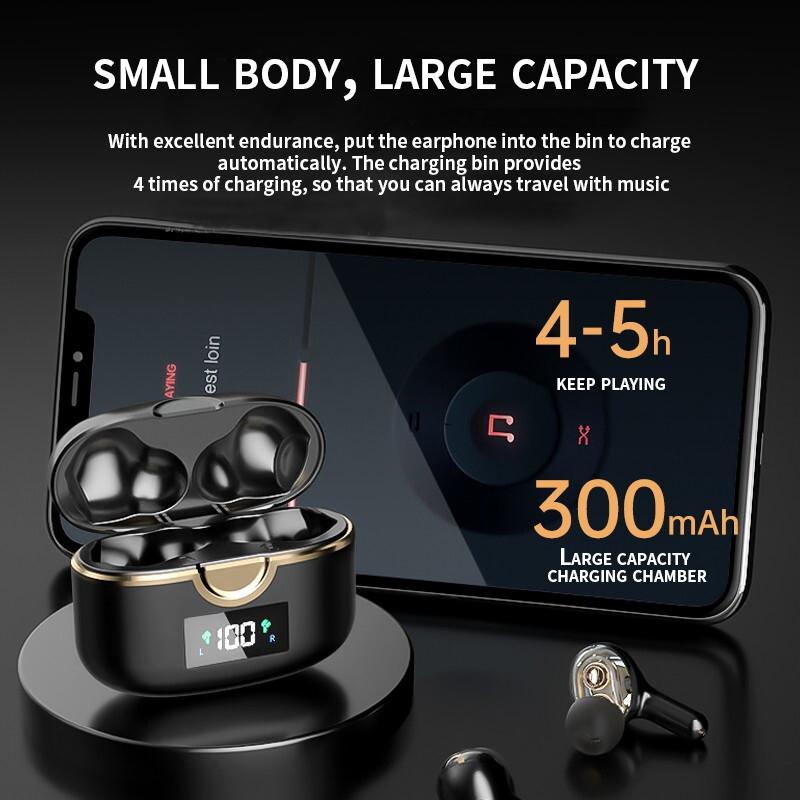
Before we dive into the steps, it's important to address the 'why'. There are several reasons one might want to disable an earphone mic, including:
1. Enhanced Audio Quality: Sometimes, the built-in mic on earphones doesn't offer the best quality, and one might prefer using an external mic or the built-in mic on a laptop or phone.
2. Privacy Concerns: Ensuring that the mic is off can prevent accidental audio pick-ups during sensitive sessions.
3. Noise Reduction: Disabling the mic can help in minimizing ambient noise picked up by the mic during calls or recordings.
General Approaches to Turn Off the Earphone Mic
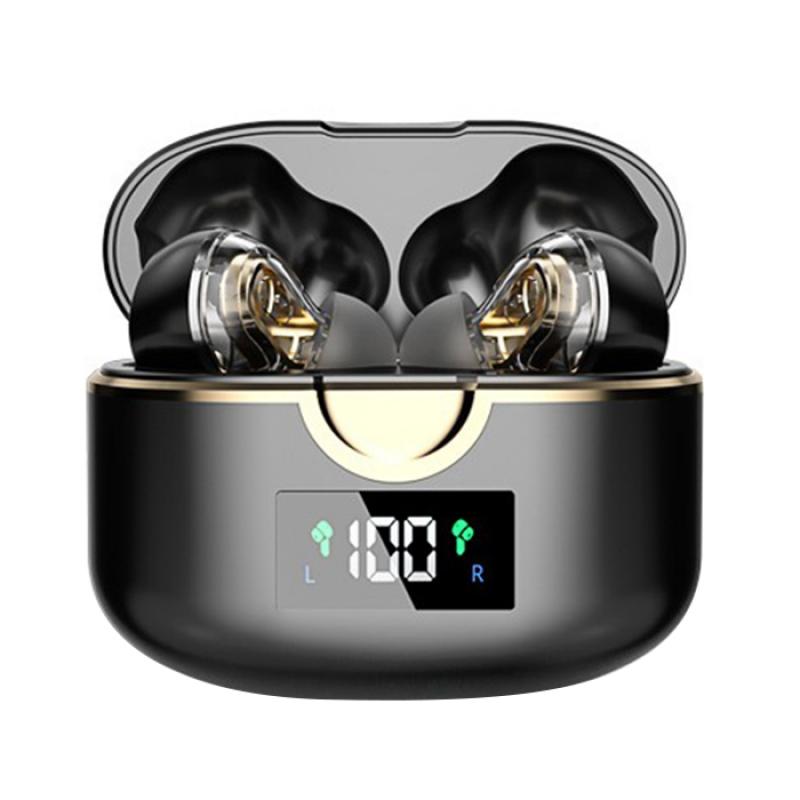
Device-Based Solutions
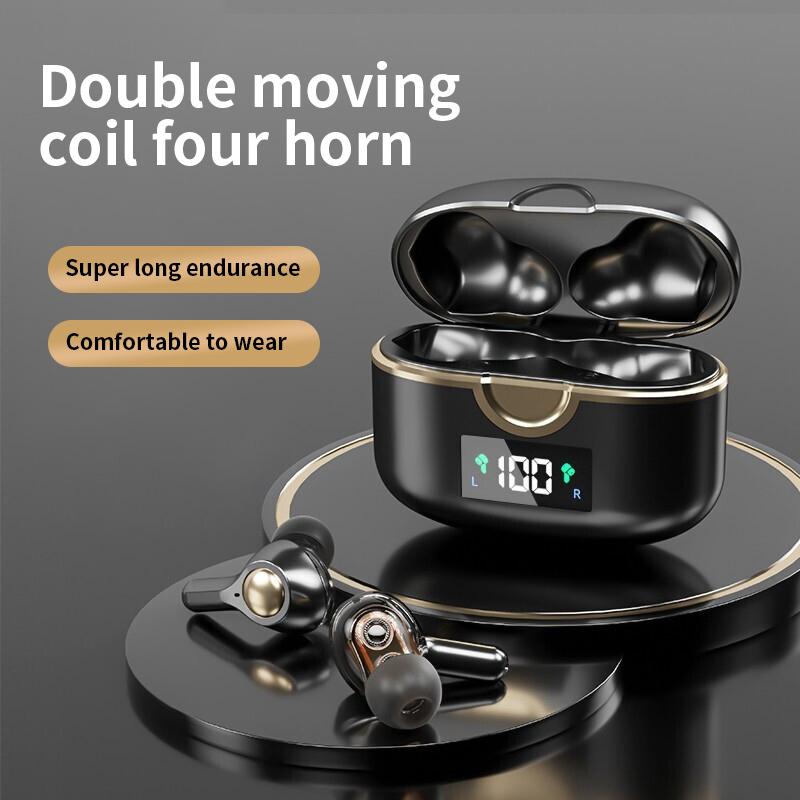
1. Smartphones (iOS and Android):
- Settings Menu: On both iOS and Android devices, navigate to Settings > Sound & Vibration > Microphone settings. Here, you can adjust which mic is active.
- App Permissions: Specific apps like Skype, WhatsApp, or Zoom allow you to control microphone permissions. Go to the app settings and toggle the microphone access off.
2. Computers (Windows, macOS):
- Windows:
- Control Panel: Go to Control Panel > Hardware and Sound > Sound. Under the Recording tab, find your earphone mic and disable it.
- Device Manager: Open Device Manager, find the audio input devices, right-click the earphone mic, and disable it.
- macOS:
- System Preferences: Open System Preferences > Sound > Input. Select the internal microphone or another device instead of the earphone mic.
- Audio MIDI Setup: This utility allows for more granular control over audio devices and configurations.
3. Gaming Consoles (PlayStation, Xbox):
- Settings Menu: Navigate to the audio settings in your console’s menu and select the preferred mic input, ensuring the earphone mic is deselected.
Physical Solutions
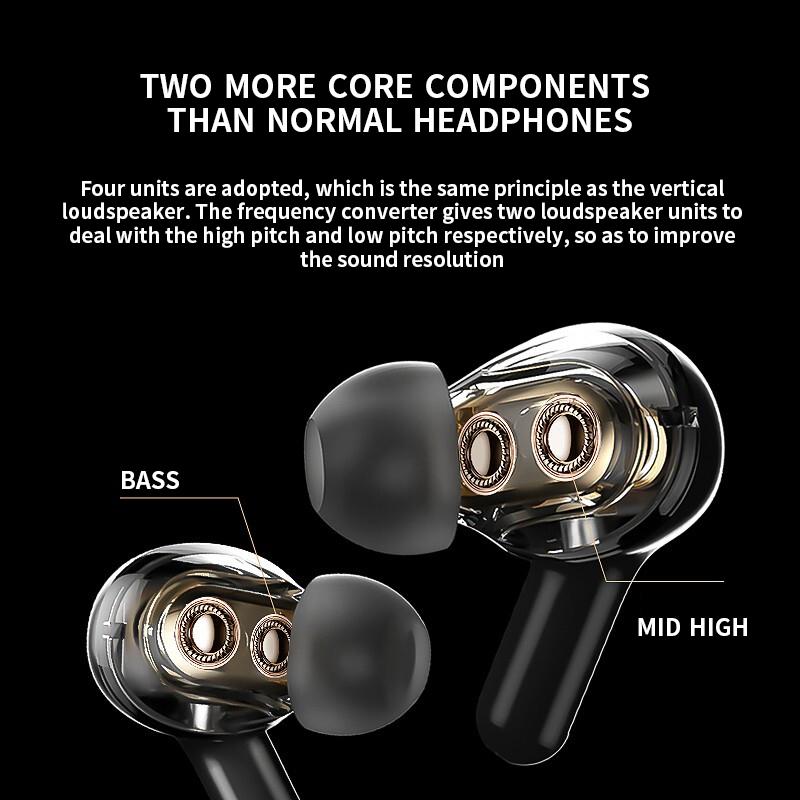
1. Inline Control Modules:
- Many earphones come with inline remote control modules that might have a mic on/off switch. Refer to your earphone’s manual to locate this switch.
2. Unplugging the Mic:
- Some earphones have detachable mics. Simply unplugging the mic will deactivate it.
3. Use a Splitter:
- Audio splitters can be used to separate the mic and headphone jacks. By connecting only the headphone part, you can effectively disable the mic.
Environment-Specific Solutions
Professional Audio Settings
- Audio Editing Software: In software like Adobe Audition or Audacity, you can select the input device. Ensure that the earphone mic is not selected when setting up your recording session.
- Streaming Software: Tools like OBS Studio allow you to choose your audio input. Set up your audio source, ensuring to not select the earphone mic.
Telecommuting and Virtual Meetings
- Video Conferencing Software: Applications such as Zoom, Microsoft Teams, and Google Meet allow you to choose a microphone source. Navigate through audio settings and select an alternative mic.
- VoIP Phones: Office phones using VoIP often have settings to select and manage audio input devices. Consult the device manual for specific instructions.
Troubleshooting Common Issues
Even after taking the necessary steps to turn off the earphone mic, users can encounter some issues. Here’s a quick guide to troubleshooting:
1. Mic Still Active:
- Double-check that you've selected the correct audio device in your system settings.
- Restart your device to ensure changes take effect.
2. No Audio Output:
- Ensure that disabling the mic hasn’t accidentally muted your audio output.
- Verify that the audio output device is set correctly in the system settings.
3. Interference and Static:
- Ensure all connections are secure. Loose connections can often result in unwanted noise.
- Consider using higher-quality earphones with better shielding to minimize interference.
Best Practices for Audio Management
1. Regularly Update Drivers and Software:
- Keeping your drivers and audio-related software up to date can ensure better functionality and new features.
2. Understand Your Equipment:
- Familiarize yourself with your earphone’s manual and settings. Knowing the capabilities and features can help manage audio more effectively.
3. Use Quality Equipment:
- Investing in good quality earphones and microphones ensures better audio performance and easier management.
The ability to effectively manage your earphone mic can greatly enhance your audio experience across different devices and scenarios. Whether you’re a professional, a gamer, or someone who frequently engages in virtual meetings, knowing how to disable your earphone mic efficiently can make a significant difference. By following the device-specific instructions and employing best practices for audio management, you can ensure a seamless and interruption-free audio experience. Remember, the key lies in understanding your equipment and exploring the settings available to you.


